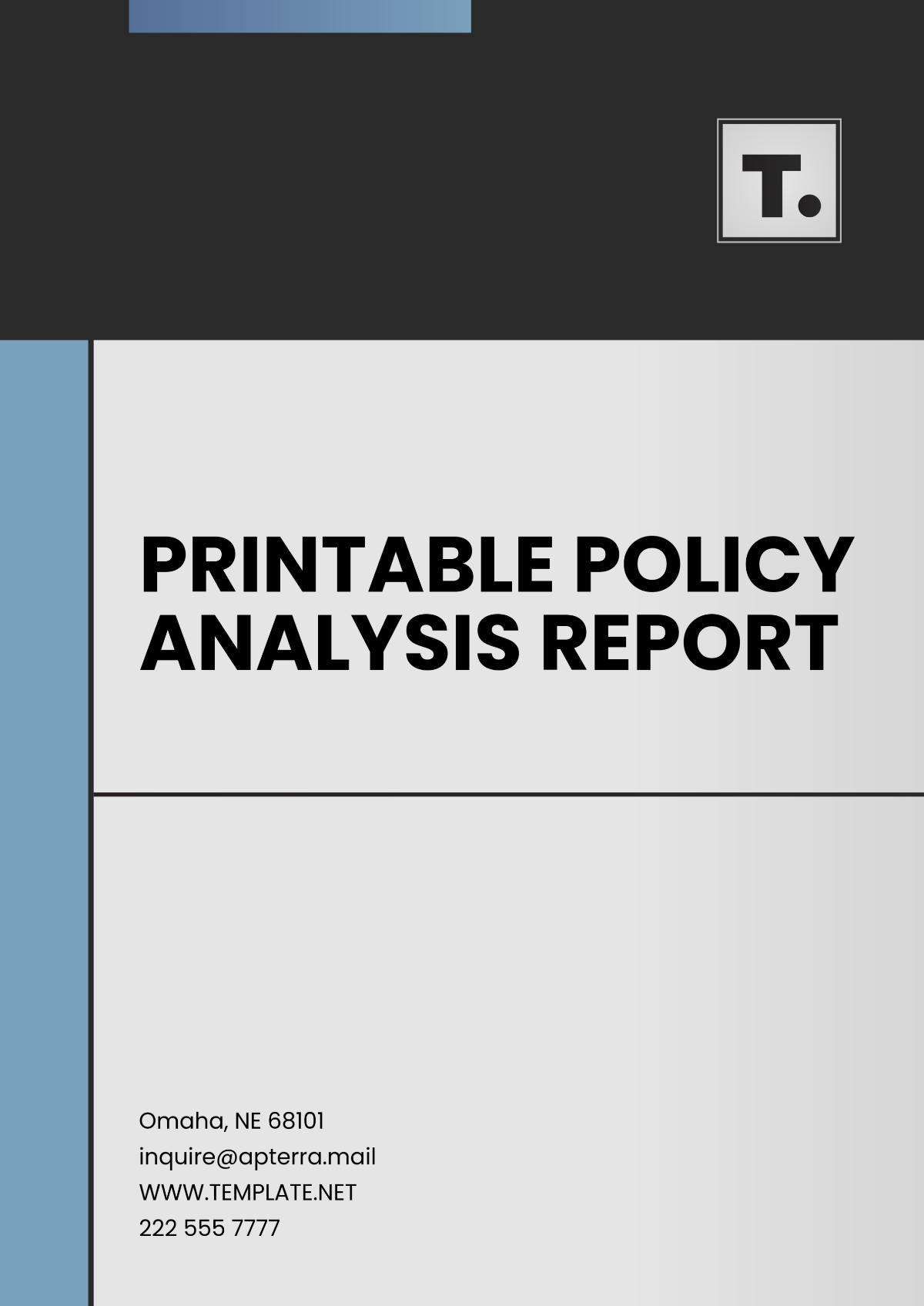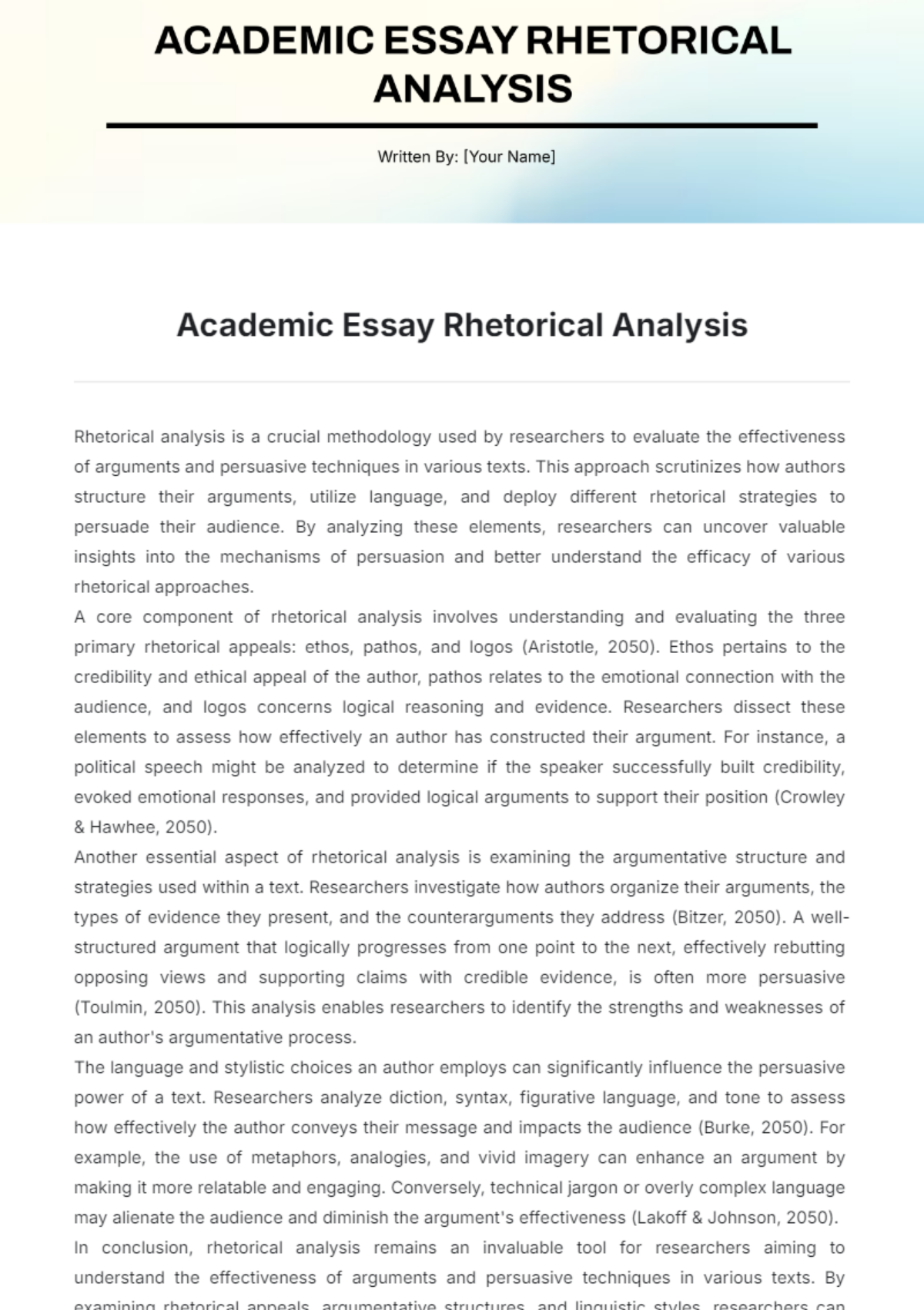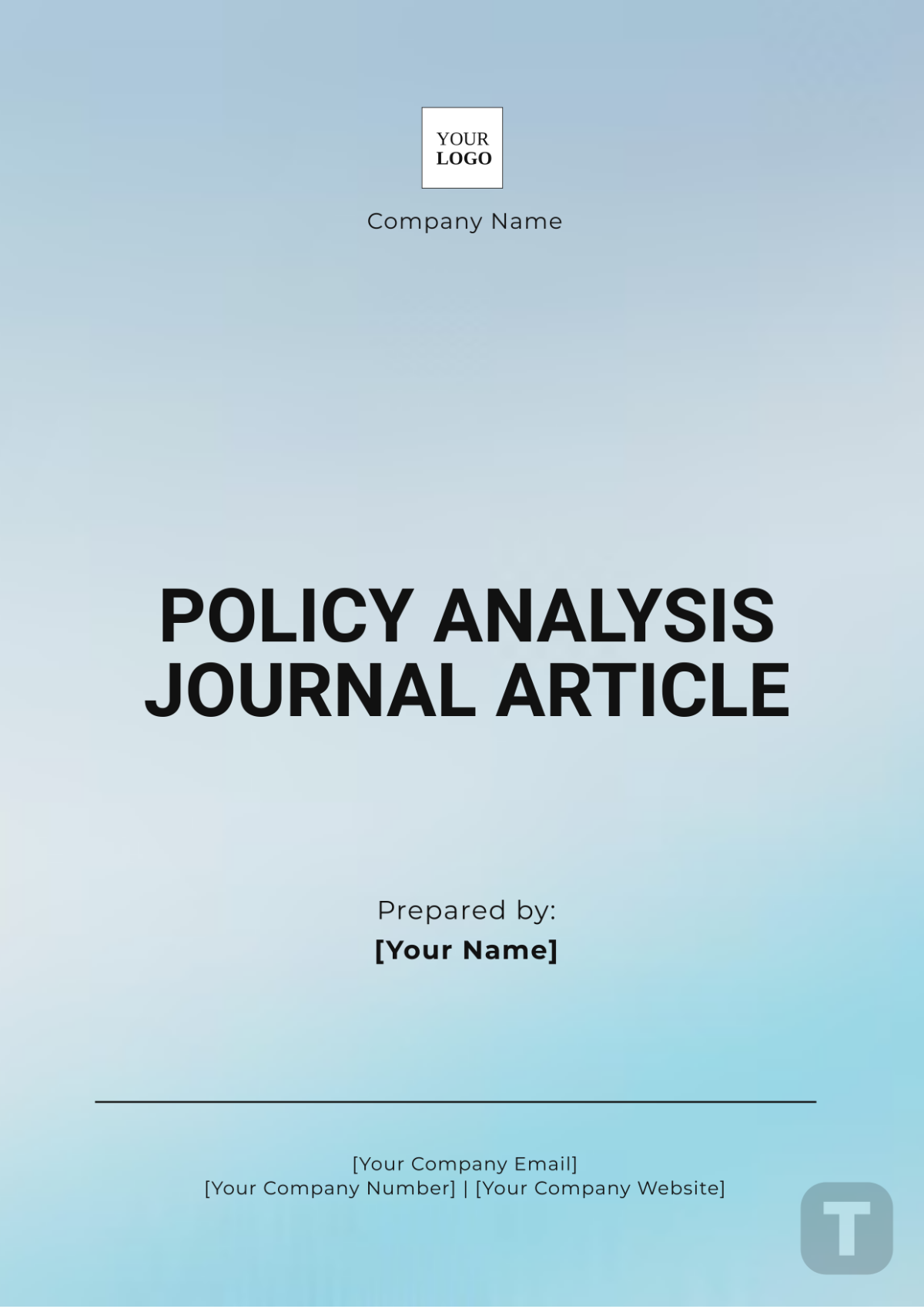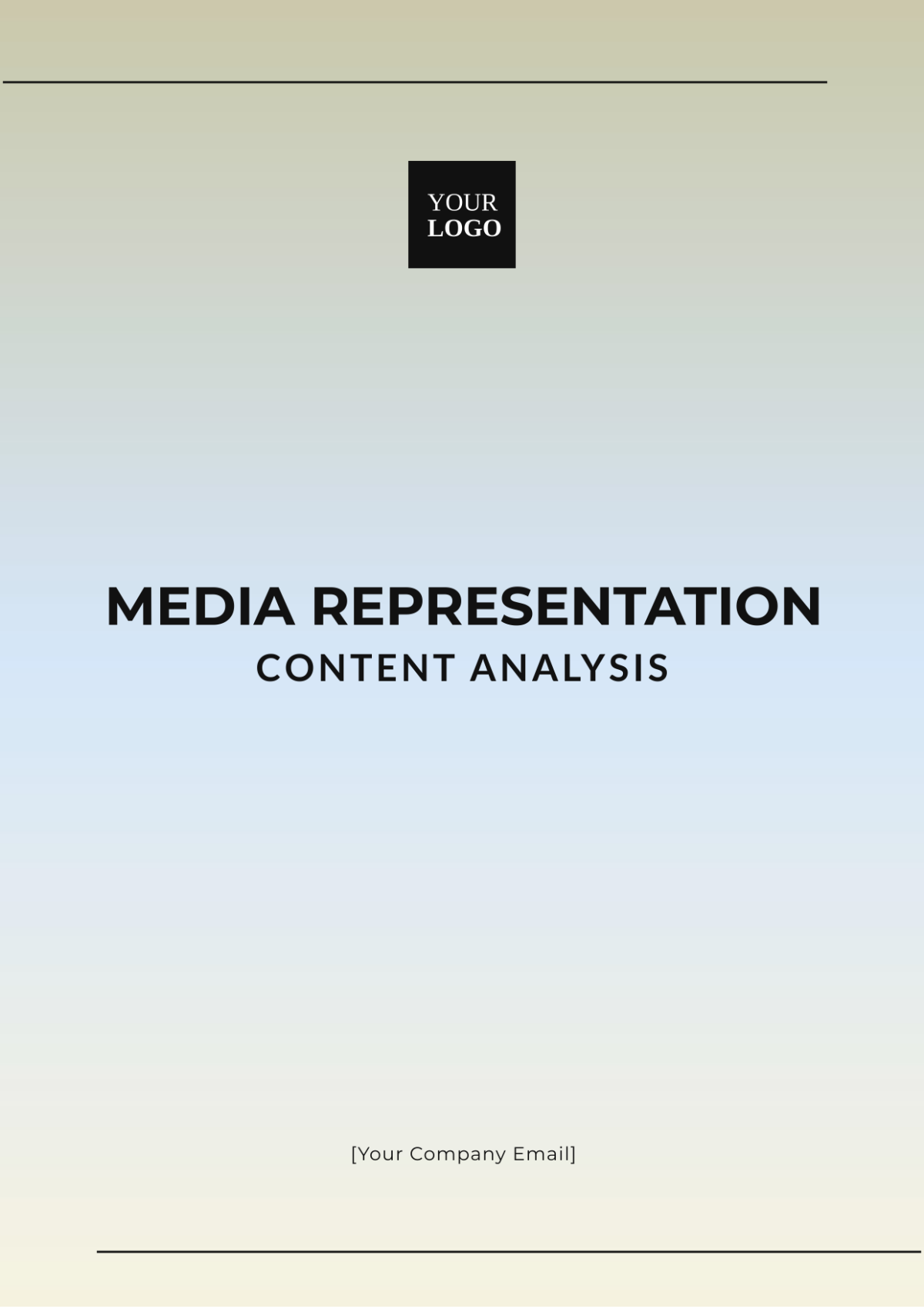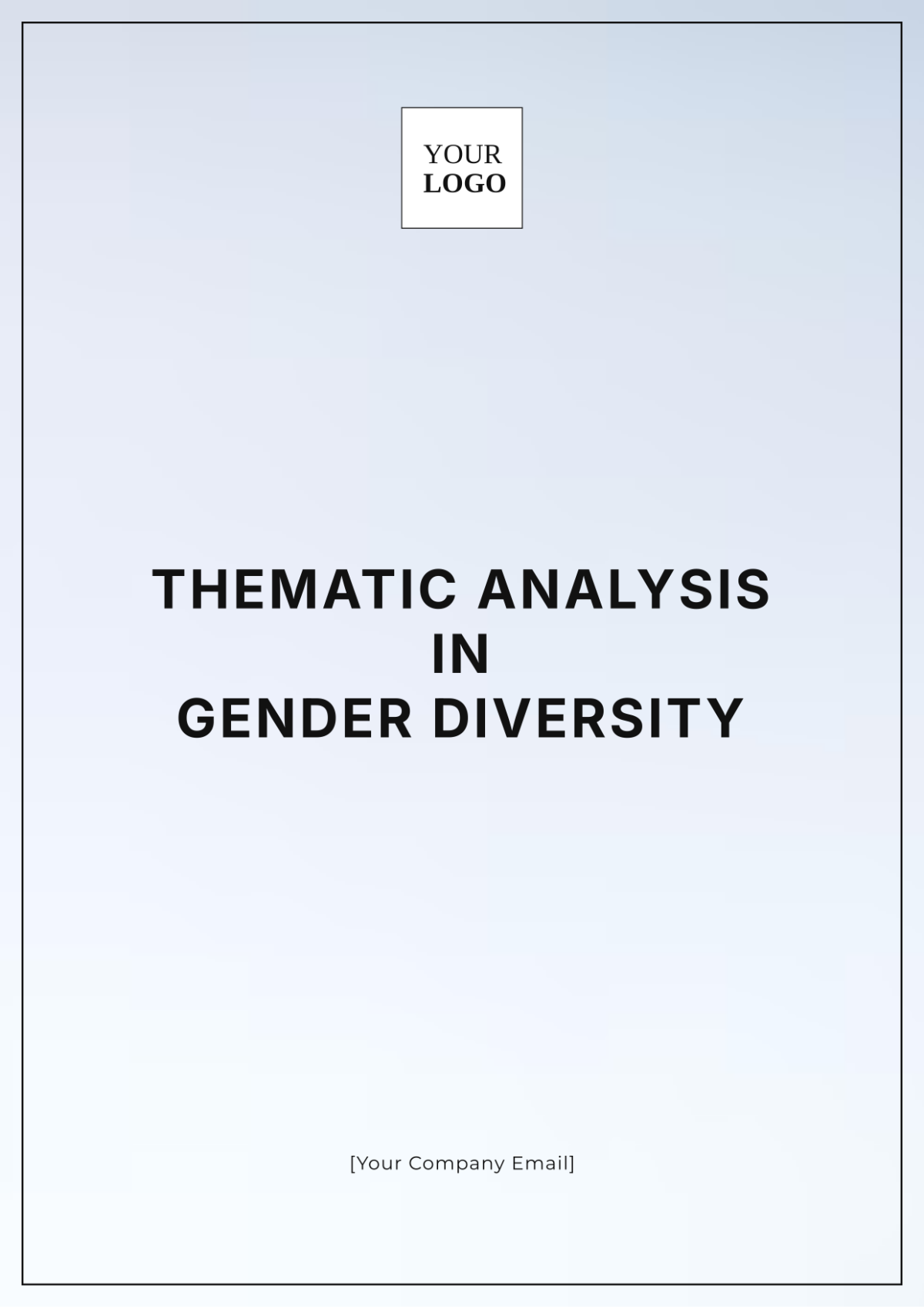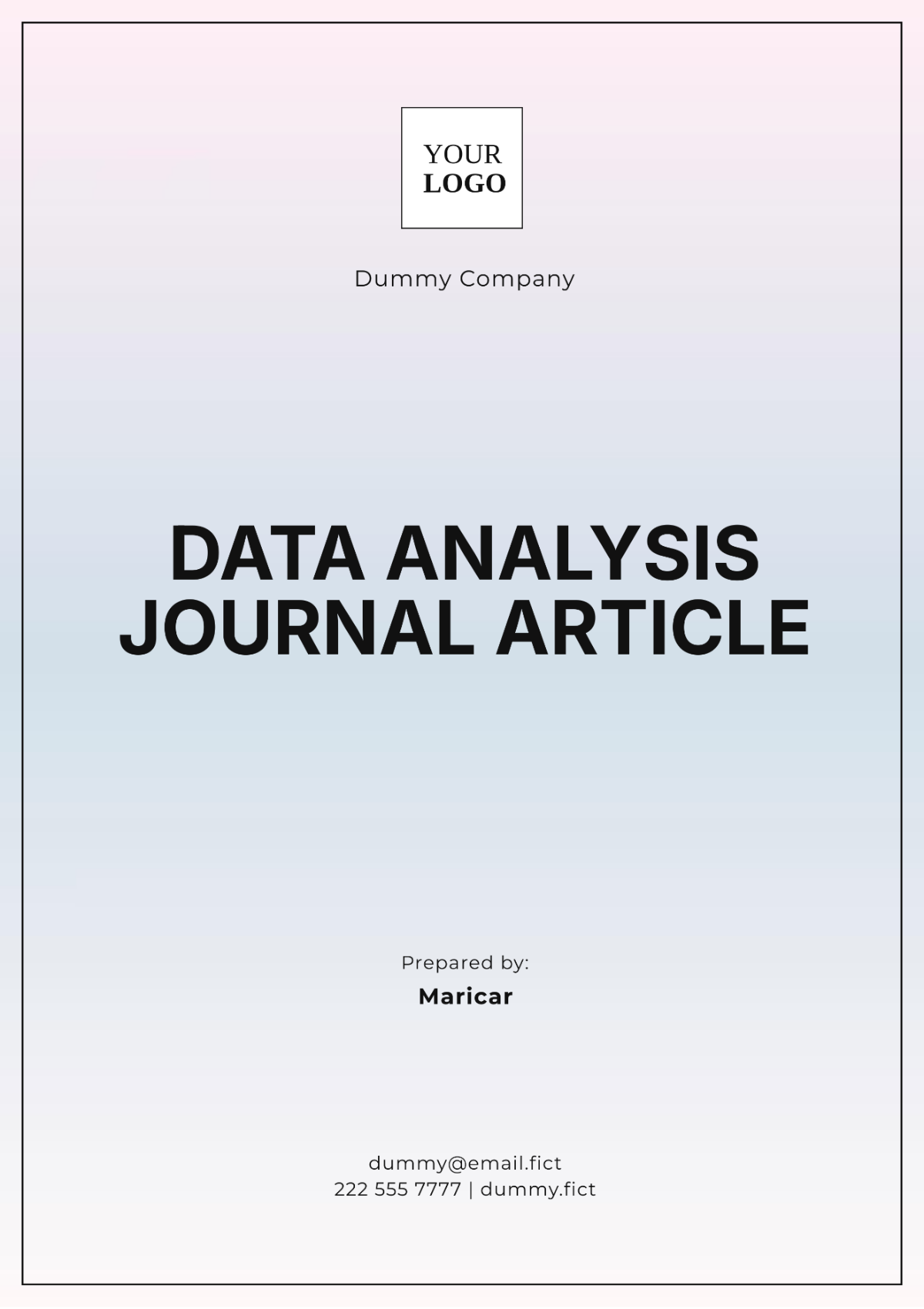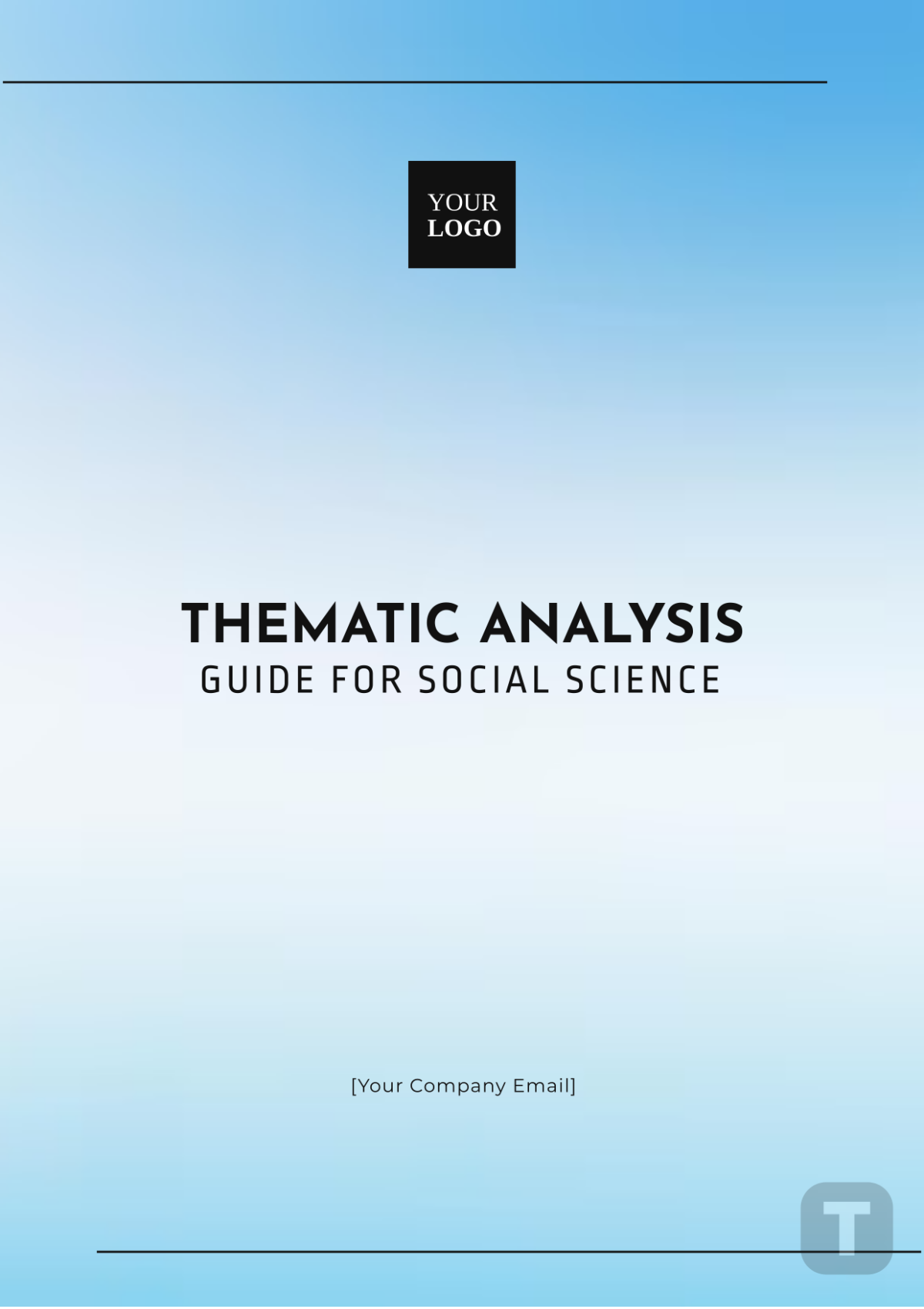MEDIA CONTENT ANALYSIS
Prepared By: [Your Name]
Date: [Date]
I. Introduction
Media content analysis is an essential methodology in communication studies, enabling researchers to collect data, analyze trends, and provide insights into media representation, sentiment, and frequency of coverage. This type of analysis helps uncover patterns in media practices, evaluate the impact on public perception, and inform stakeholder decisions.
II. Objectives
The main objectives of media content analysis include:
Assessing the frequency and prominence of themes or topics.
Determining the sentiment of the media coverage.
Identifying the tone and language used in media content.
Monitoring media representation of different groups and issues.
Evaluating the potential impact of media content on public opinion.
III. Methodology
A. Data Collection
Data collection involves gathering media content from various sources such as newspapers, television, radio, websites, and social media platforms. Sources can be chosen based on the study's scope, target audience, and the relevance of the source to the research question.
B. Sampling Techniques
Several sampling techniques can be used, including:
Random Sampling: Selecting random pieces of media content from the entire collection.
Stratified Sampling: Dividing the content into different strata or categories and sampling within each category.
Systematic Sampling: Choosing content according to a predetermined system, such as every nth article.
C. Content Coding
Content coding is the process of categorizing content based on predefined variables. These variables may include themes, subjects, sentiment, and tone. This step often involves human coders, who are trained to apply coding protocols consistently.
Variable | Description | Example |
|---|---|---|
Theme | The main topic of the media content. | Climate change, healthcare, and politics |
Sentiment | The overall feeling conveyed by the content. | Positive, negative, or neutral |
Tone | The attitude or approach of the content. | Formal, informal, and sarcastic |
D. Data Analysis
1. Quantitative Analysis
Quantitative analysis involves using statistical measures to understand the frequency and distribution of variables. Common techniques include frequency counts, percentage calculations, and cross-tabulation. This form of analysis provides a broad overview of trends and patterns in media content.
2. Qualitative Analysis
Qualitative analysis focuses on understanding the context and meaning behind the media content. Techniques include thematic analysis, discourse analysis, and content interpretation. This approach adds depth to the findings by providing insights into the nuances of media representation.
IV. Findings
A. Frequency of Themes
The analysis indicated that certain themes dominated media coverage during the research period. For example, political news comprised 35% of all articles, while healthcare and climate change followed with 20% and 15%, respectively.
B. Sentiment Distribution
Sentiment analysis revealed that 45% of the media content had a neutral sentiment, while 30% was negative and 25% was positive. The sentiment varied significantly across different media sources, with some outlets showing a propensity towards more negative or positive coverage.
C. Representation of Groups
The analysis showed disparities in the representation of different groups. For instance, women were underrepresented, making up only 20% of the individuals featured in news articles. Minority groups were found to be depicted in stereotypical roles in the majority of media coverage.
V. Conclusion
Media content analysis offers crucial insights into the workings of contemporary media. It highlights the predominant themes, sentiments, and representations that shape public discourse. Continuous monitoring and analysis are recommended to understand how media trends evolve and their ongoing impact on society.
VI. Recommendations
Based on the findings, the following recommendations are made:
Encourage more balanced reporting to ensure fair representation of all groups.
Provide training for journalists to recognize and mitigate biases in their reporting.
Promote diversity in media ownership and staffing to reflect a wider range of perspectives.
Support further research into the long-term trends and impacts of media content.


